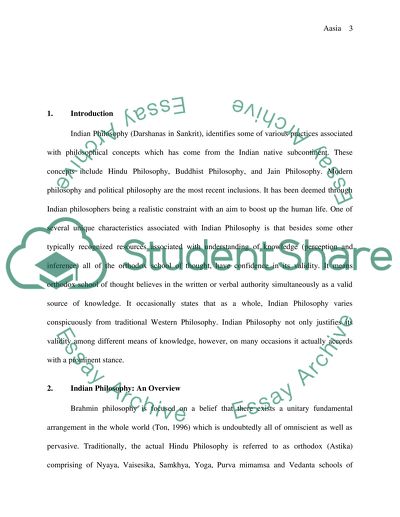Cite this document
(“Indian Philosophy: Hindu Philosophy, Buddhist Philosophy, and Jain Essay”, n.d.)
Retrieved de https://studentshare.org/religion-and-theology/1390867-indian-philosophy
Retrieved de https://studentshare.org/religion-and-theology/1390867-indian-philosophy
(Indian Philosophy: Hindu Philosophy, Buddhist Philosophy, and Jain Essay)
https://studentshare.org/religion-and-theology/1390867-indian-philosophy.
https://studentshare.org/religion-and-theology/1390867-indian-philosophy.
“Indian Philosophy: Hindu Philosophy, Buddhist Philosophy, and Jain Essay”, n.d. https://studentshare.org/religion-and-theology/1390867-indian-philosophy.


